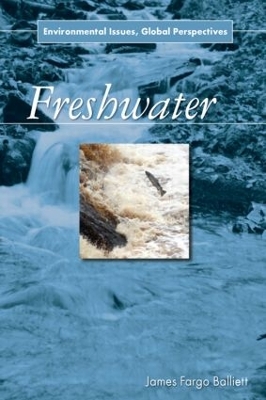Environmental Issues, Global Perspectives
2 total works
Forests are considered the lungs of the planet, as they consume and store carbon dioxide and produce oxygen. These biomes, defined as ecological communities dominated by long-lived woody vegetation, historically have provided an economic foundation for growing nations, supplying wood for buildings, firewood for fuel, and land for expanding cities and farms. For centuries, industrial nations in Europe and the United States have relied on large tracts of forestland for economic prosperity.
The research presented in this book reveals that population pressures are causing considerable environmental distress in even the most remote forest areas. Three detailed case studies are presented. The first provides an assessment of illegal logging deep in South America's Amazon rain forest, a region closely tied to food and product demands thousands of miles away. The second examines the effect of increased hunting in Central Africa's Congo forest, which threatens wildlife, especially mammal species with slower reproductive cycles. Finally the third describes encroachment on old-growth tropical forests on the Southern Pacific island of Borneo, which today is better managed thanks to the collective planning and conservation efforts of the governments of Brunei, Indonesia, and Malaysia.
Freshwater is our planet's most precious resource, and also the least conserved. Freshwater makes up only 3 percent of the total water on the planet, and yet the majority (1.9 percent) is held in a frozen state in glaciers, icebergs, and polar ice fields. This leaves approximately one-half of 1 percent of the total volume of water on the planet as freshwater available in liquid form.
This book traces the complex history of the steady growth of humankind's water consumption, which today reaches some 9.7 quadrillion gallons per year. Along with a larger population has come the need for more drinking water, larger farms requiring extensive irrigation, and more freshwater to support business and industry. At the same time, such developments have led to increased water pollution. Three detailed case studies are included. The first looks at massive water systems in locations such as New York City and the efforts required to protect and transport such resources. The second shows how growth has affected freshwater quality in the ecologically unique and geographically isolated Lake Baikal region of eastern Russia. The third examines the success story of the privatized freshwater system in Chile and consider how that country's water sources are threatened by climate change.

